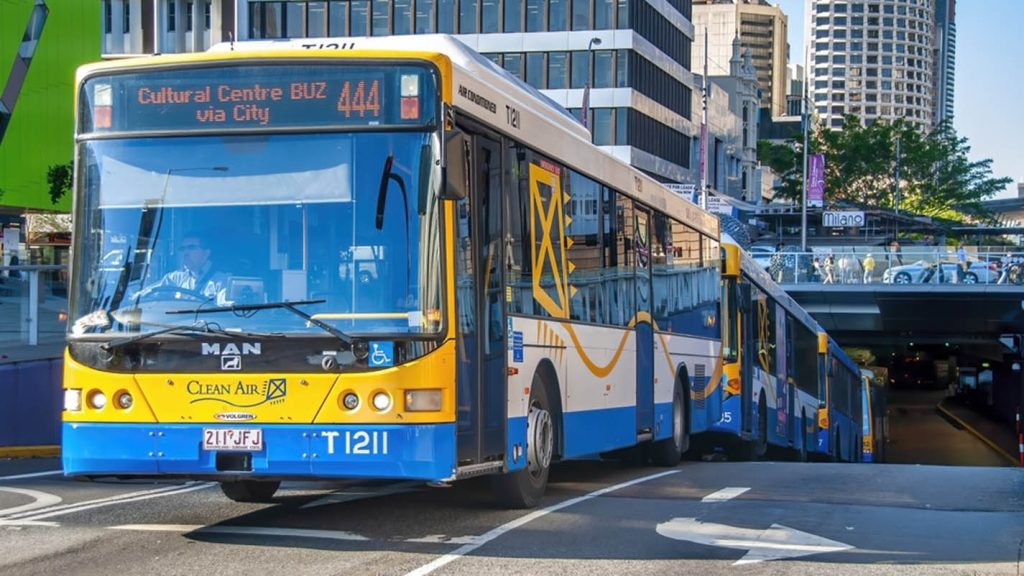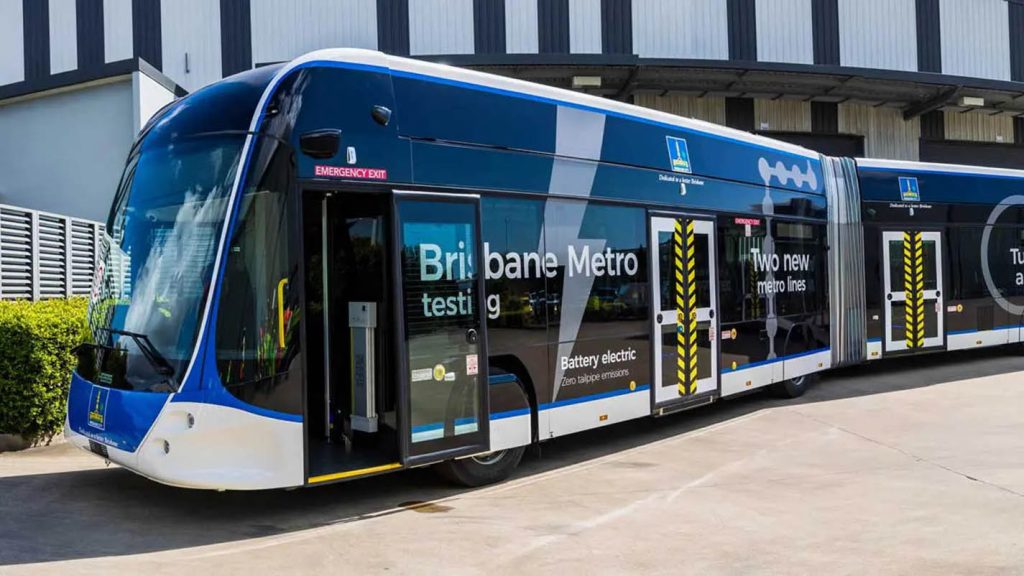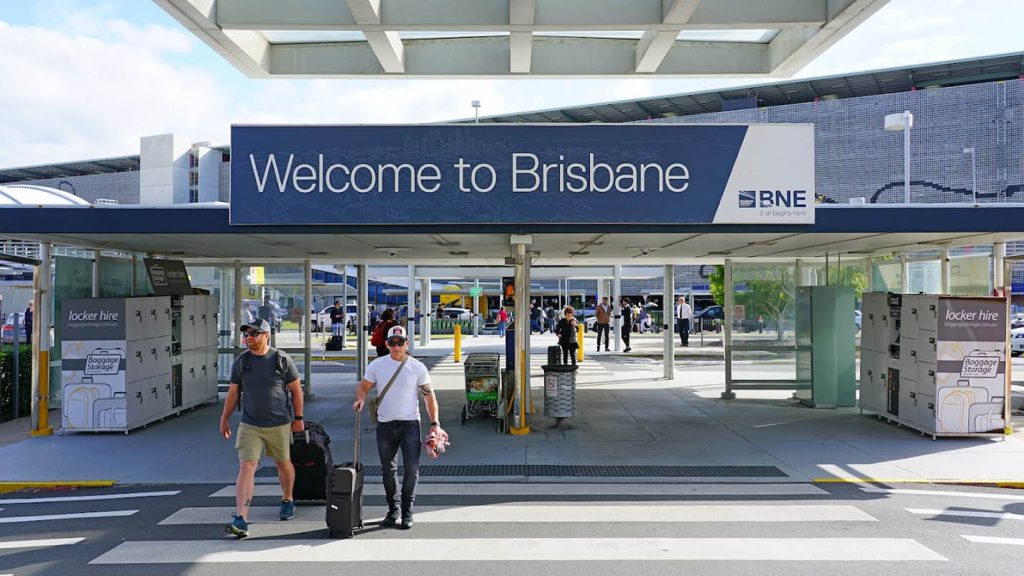Brisbane, the capital city of Queensland, is a vibrant metropolis known for its sunny weather, lush parks, and bustling cultural scene. Navigating the city is easy if you know your options, from the extensive public transport network to the flexibility of car rentals. In this comprehensive guide, I’ll take you through everything you need to know to get around Brisbane, whether you’re a first-time visitor or a seasoned traveler.
TransLink: The Heart of Brisbane’s Public Transport
Brisbane’s public transport system is primarily operated by TransLink, which covers a wide network of buses, trains, ferries, and trams. The system is well-integrated, making it easy to transfer between different modes of transport using the same ticketing system.
The Go Card is an electronic smart card that you can use across all TransLink services. It’s the most convenient and cost-effective way to travel around Brisbane. You can purchase a Go Card at various outlets, including 7-Eleven stores, train stations, and online. I bought mine at the airport upon arrival, which was incredibly convenient. Using it is simple—just tap on at the beginning of your journey and tap off at the end. The system automatically calculates the fare based on the distance traveled. You can top up your Go Card online, at stations, or via auto top-up. I opted for auto top-up to avoid running out of credit unexpectedly. Fares are calculated based on zones; the further you travel, the more zones you cross, and the higher the fare. However, the Go Card offers discounts compared to paper tickets, making it a better choice for most travelers.
While the Go Card is the most popular option, paper tickets are also available. However, they are more expensive and less convenient. If you’re only in Brisbane for a short time and prefer not to use a Go Card, paper tickets can be purchased at ticket machines and on board buses.
Buses: Extensive and Efficient
Buses are a major component of Brisbane’s public transport system, covering almost every corner of the city. The bus network is extensive, with frequent services running from early morning until late at night.

Key bus routes include the City Glider services (Blue and Maroon Gliders), which are high-frequency routes that operate 24/7, connecting key areas such as West End, South Bank, the CBD (Central Business District), and Newstead. I found the Blue City Glider particularly useful for getting around central Brisbane. BUZ (Bus Upgrade Zone) services run every 10-15 minutes and cover important routes like the 199, which travels from West End through the CBD to New Farm. Suburban buses connect outlying areas to the city center. These can be less frequent but are crucial for reaching destinations outside the central zones.
To navigate the bus system, timetables are available on the TransLink website and app, which I found indispensable for planning my journeys. Bus stops also display route maps and schedules. Brisbane’s bus stops are easy to spot, with clear signage indicating the routes that stop there. Major stops often have electronic displays showing real-time information on when the next bus is arriving. Remember to tap your Go Card on the reader when boarding and tap off when you exit to ensure you’re charged the correct fare.
Trains: Quick and Comfortable for Long Distances
Brisbane’s train network is operated by Queensland Rail and provides a fast and comfortable way to travel across the city and to nearby regions.
The train network is divided into multiple lines, including the Airport, Caboolture, Cleveland, and Ipswich/Rosewood lines. These lines connect various suburbs and key destinations, such as the Brisbane Airport and the Gold Coast. For long-distance travel, the train is often faster than driving, especially during peak traffic hours. Major stations like Roma Street, Central, and South Brisbane are hubs where multiple train lines intersect, making them convenient transfer points.
Navigating the train system is straightforward. Train schedules and route maps are available on the TransLink website and app, where you can also check for service updates and delays. Trains run frequently during peak hours, with reduced services during off-peak times and weekends. Like buses, you’ll need to tap on and off with your Go Card to ensure you’re charged the correct fare.
Ferries: Scenic and Relaxing Rides Along the Brisbane River
One of the most scenic ways to get around Brisbane is by ferry. The Brisbane River winds through the heart of the city, and the ferry services provide a unique perspective of the skyline and riverside attractions.
CityCats are the most popular ferries, offering fast and frequent services along the river from Northshore Hamilton to St Lucia. The views from the CityCat are spectacular, especially during sunset. I found it to be not just a mode of transport but an experience in itself. There are also Cross River Ferries, which are smaller and connect various points along the river, such as Kangaroo Point and Eagle Street Pier.
Ferry terminals are well-marked, and schedules are available on the TransLink website and app. Like other public transport in Brisbane, you’ll need a Go Card or a paper ticket to board. Tapping on and off is required as usual. The ferries are a relaxing way to travel, and I highly recommend them, especially if you’re heading to destinations along the river.
Trams: The G:link to the Gold Coast
While trams don’t operate in Brisbane city itself, the G:link tram system connects Brisbane to the Gold Coast, a popular destination for beaches and theme parks. The G:link runs from Helensvale to Broadbeach, passing through key areas like Surfers Paradise.

If you’re planning a day trip to the Gold Coast, the tram is a convenient option. You can catch the train from Brisbane to Helensvale and then transfer to the tram. The service is frequent and reliable, making it easy to explore the Gold Coast without needing a car. As with other public transport options, you can use your Go Card on the G:link tram.
Renting a Car: Flexibility and Freedom
While Brisbane’s public transport system is extensive and convenient, there are situations where renting a car might be the better option, especially if you plan to explore areas outside the city or travel at your own pace.
Brisbane has a wide range of car rental options, from international brands like Hertz, Avis, and Budget to local companies. Rental offices are conveniently located at Brisbane Airport, the CBD, and suburban areas. I chose to rent a car for a couple of days to explore the surrounding regions, like the Sunshine Coast and the hinterland, which aren’t as easily accessible by public transport.
When renting a car, it’s essential to consider a few factors:
- License Requirements: You’ll need a valid driver’s license, and an international driver’s permit if your license isn’t in English. The rental company will also require a credit card for the security deposit.
- Insurance: Basic insurance is usually included, but I opted for additional coverage to reduce my liability in case of an accident. It’s worth considering this, especially if you’re unfamiliar with local driving conditions.
- Driving in Brisbane: Driving in Brisbane is generally easy, with well-maintained roads and clear signage. However, traffic can be heavy during peak hours, so plan your journeys accordingly. Parking in the CBD can be expensive, but there are numerous parking garages and on-street parking options. I found using a parking app helpful in finding the best rates and available spaces.
- Toll Roads: Brisbane has several toll roads, including the Gateway Motorway and the Clem7 tunnel. If you plan to use these, make sure your rental car is equipped with a toll tag, or you can pay online after your journey.
Bike Rentals and Cycling
Brisbane is a bike-friendly city, with numerous cycling paths and dedicated bike lanes that make it easy to get around on two wheels. I found cycling to be a great way to explore the city’s parks and riverfront areas.
Bike rentals are widely available, with options ranging from traditional bike shops to bike-sharing schemes like CityCycle. You can rent a bike for a few hours or an entire day, depending on your needs. CityCycle stations are conveniently located around the city, allowing you to pick up and drop off bikes at different locations.
When cycling in Brisbane, it’s important to follow local road rules. Helmets are mandatory, and you should always ride in the designated bike lanes where available. The River Loop is a popular route that offers stunning views of the Brisbane River and the city skyline. It’s a relatively flat ride, making it suitable for cyclists of all levels.
Navigating Brisbane Airport
Brisbane Airport is the gateway to the city and is well-connected to the city center by public transport and car. The Airtrain is the most convenient option, providing a direct connection between the airport and the CBD in just 20 minutes. Trains run every 15 minutes during peak times and every 30 minutes during off-peak times.

If you prefer to drive, car rental services are available at both the domestic and international terminals. Taxis and rideshare services like Uber are also readily available. I found the Airtrain to be the most convenient option, especially if you’re staying in the city center.
Tips for Getting Around Brisbane
- Plan Ahead: Use the TransLink website and app to plan your journeys and check for any service disruptions. I found it helpful to plan my routes the night before to avoid any surprises.
- Travel During Off-Peak Times: Brisbane’s public transport can get crowded during peak hours (7:00 AM – 9:00 AM and 4:00 PM – 6:00 PM). Traveling outside these times can make your journey more comfortable.
- Stay Hydrated and Wear Sunscreen: Brisbane’s weather can be hot and sunny, especially in summer. Always carry water and wear sunscreen when traveling around the city.
- Use Contactless Payment Options: Most public transport options in Brisbane accept contactless payment methods like credit and debit cards. However, the Go Card remains the most cost-effective option for frequent travelers.
- Explore on Foot: Brisbane is a walkable city, with many attractions located within the CBD and South Bank areas. Walking is often the best way to explore the city’s vibrant streets and discover hidden gems.
Brisbane offers a variety of transportation options to suit every traveler’s needs. Whether you’re exploring the city by bus, train, ferry, or car, getting around Brisbane is straightforward and convenient.